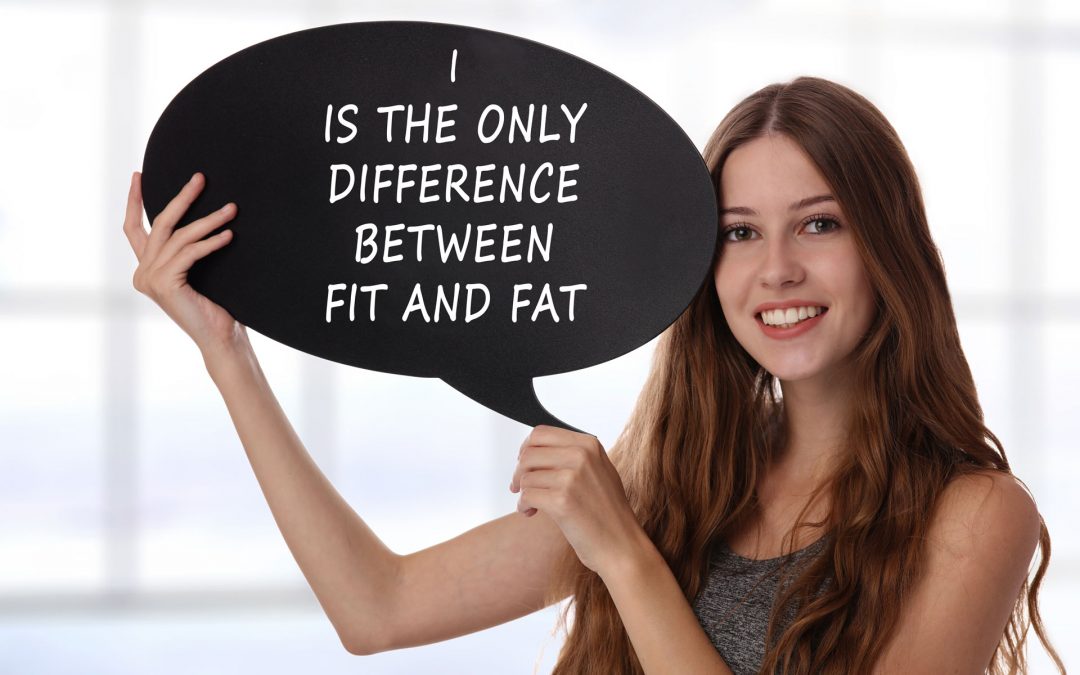The buzz in weight loss these days is to decrease carbohydrates and reduce calories. However, if you decrease carbohydrates too much, blood sugar drops, stress hormones increase (cortisol rises) and insulin levels become imbalanced. When this occurs, the body resists weight loss. A better approach is to modify the types of carbohydrates eaten to allow blood sugar, insulin and cortisol levels to remain stable. Eliminating refined starches and simple sugars is a perfect start.
Next is the selection of quality protein (lean meats, poultry, fish, whey and eggs or egg whites). Increasing protein decreases the potential for weight gain and regain. Higher protein, combined with a lower intake of starch and sugar also has a favorable impact on belly fat.
Fat intake alone will not impact insulin or cortisol levels, but the combination of fat, starch and sugar eaten together spells disaster. The combination of protein and vegetables, however, does not spike hormonal imbalances. Additionally, protein and vegetables sources suppress hunger and increase fiber. This is a powerful punch to enhance fat burning at the cell level.
Obviously some individuals lose weight and burn fat quicker than others, but results are achievable for everyone with a positive mind-set and personal commitment to one-self. Losing weight is a systematic process that takes time. Be patient, results will not happen overnight.
The Fat Burning Plan
A healthy, fat burning plan limits the intake of simple sugar and starch, increases quality protein, vegetables and legumes, includes small portions of low-sugar fruits, advocates healthy fats rich in omega fatty acids and allows for skim or low fat dairy and dairy substitutes. The fat burning plan requires meal spacing and exercise. No skipping these two.
For exercise, the American College of Sports Medicine (ACSM) recommends a minimum of 150-250 minutes of cardiovascular exercise per week and resistance exercise at least 2x/week. You can split exercise sessions into 10-minute bouts performed 2-3 times/day, or cut back the intensity and increases the duration to a do-able amount for your body.
When choosing an exercise plan, pick something you enjoy! If it’s walking the dog, gardening, hiking, using in-home equipment, swimming or biking, make it a routine. Set realistic goals and schedule your exercise in advance. Make an appointment with yourself.
I also recommend self-monitoring weekly activity and food intake. When you have a visual, the success rate increases dramatically. There are several aps to help with this or you can journal by hand.
Finally, when attacking fat stores, expect to lose no more than 1 1/2 to 2 pounds per week. This equates to 5,250 to 7,000 calories burned per week! If you are losing more than 2 pounds per week, the additional loss is likely water or lean body mass.

